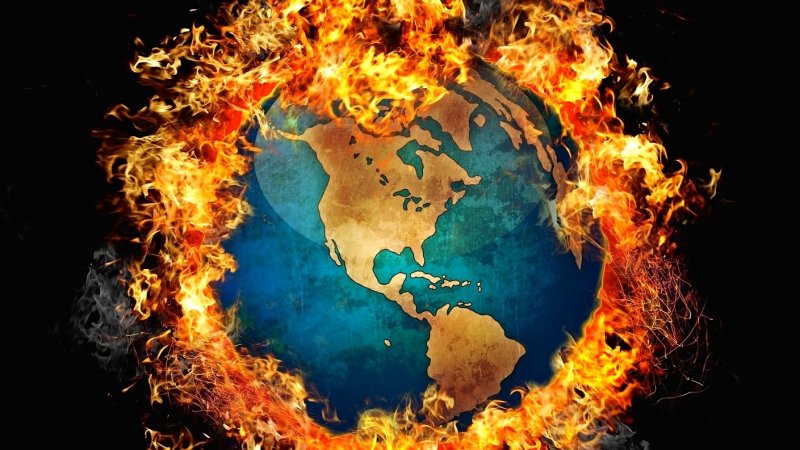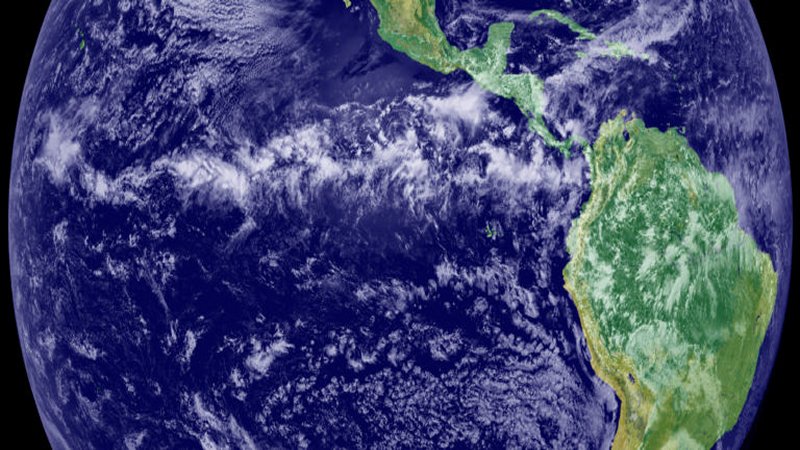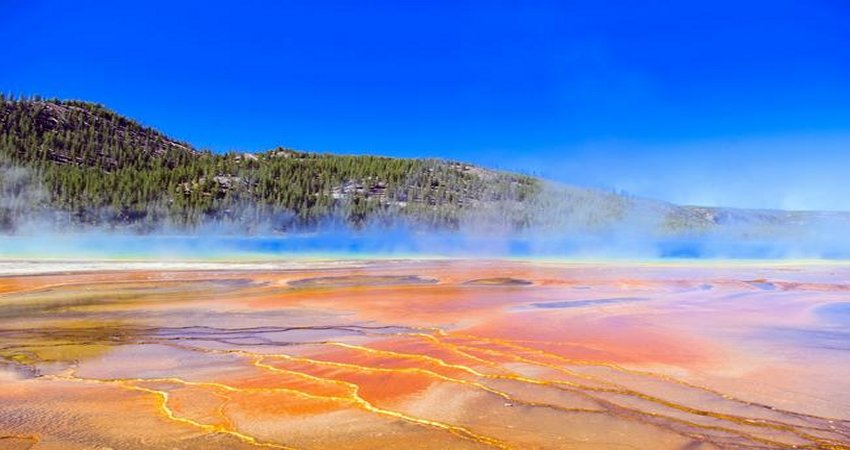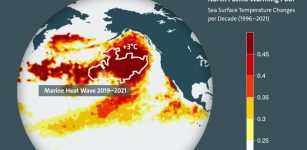A Sixth Mass Extinction Can Happen In 2100 – Scientist Says
MessageToEagle.com – A mass extinction will take place on our planet one day in the future, but when has not been clear.
Now, by analyzing significant changes in the carbon cycle over the last 540 million years, including the five mass extinction events, scientists say they have identified ‘thresholds of catastrophe’ in the carbon cycle that, if exceeded, would lead to an unstable environment, and ultimately, mass extinction.
The sixth mass extinction can happen as early as 2100.
In the past 540 million years, the Earth has endured five mass extinction events, each involving processes that upended the normal cycling of carbon through the atmosphere and oceans. These globally fatal perturbations in carbon each unfolded over thousands to millions of years, and are coincident with the widespread extermination of marine species around the world.
The question for many scientists is whether the carbon cycle is now experiencing a significant jolt that could tip the planet toward a sixth mass extinction.
In the modern era, carbon dioxide emissions have risen steadily since the 19th century, but deciphering whether this recent spike in carbon could lead to mass extinction has been challenging. That’s mainly because it’s difficult to relate ancient carbon anomalies, occurring over thousands to millions of years, to today’s disruptions, which have taken place over just a little more than a century.
See also:
Evidence Climate Change Caused Global Mass Extinction 30,000 Years Ago
World’s First Mass Extinction Was Caused By ‘Ecosystem Engineers’
Earth’s Periodic Mass Extinctions Linked to Planet X – Researcher Says
According to Daniel Rothman, professor of geophysics in the MIT Department of Earth, Atmospheric and Planetary Sciences and co-director of MIT’s Lorenz Center thresholds of catastrophe” in the carbon cycle that, if exceeded, would lead to an unstable environment, and ultimately, mass extinction.
Professor Rothman predicts that, given the recent rise in carbon dioxide emissions over a relatively short timescale, a sixth extinction will depend on whether a critical amount of carbon is added to the oceans. That amount, he calculates, is about 310 gigatons, which he estimates to be roughly equivalent to the amount of carbon that human activities will have added to the world’s oceans by the year 2100.
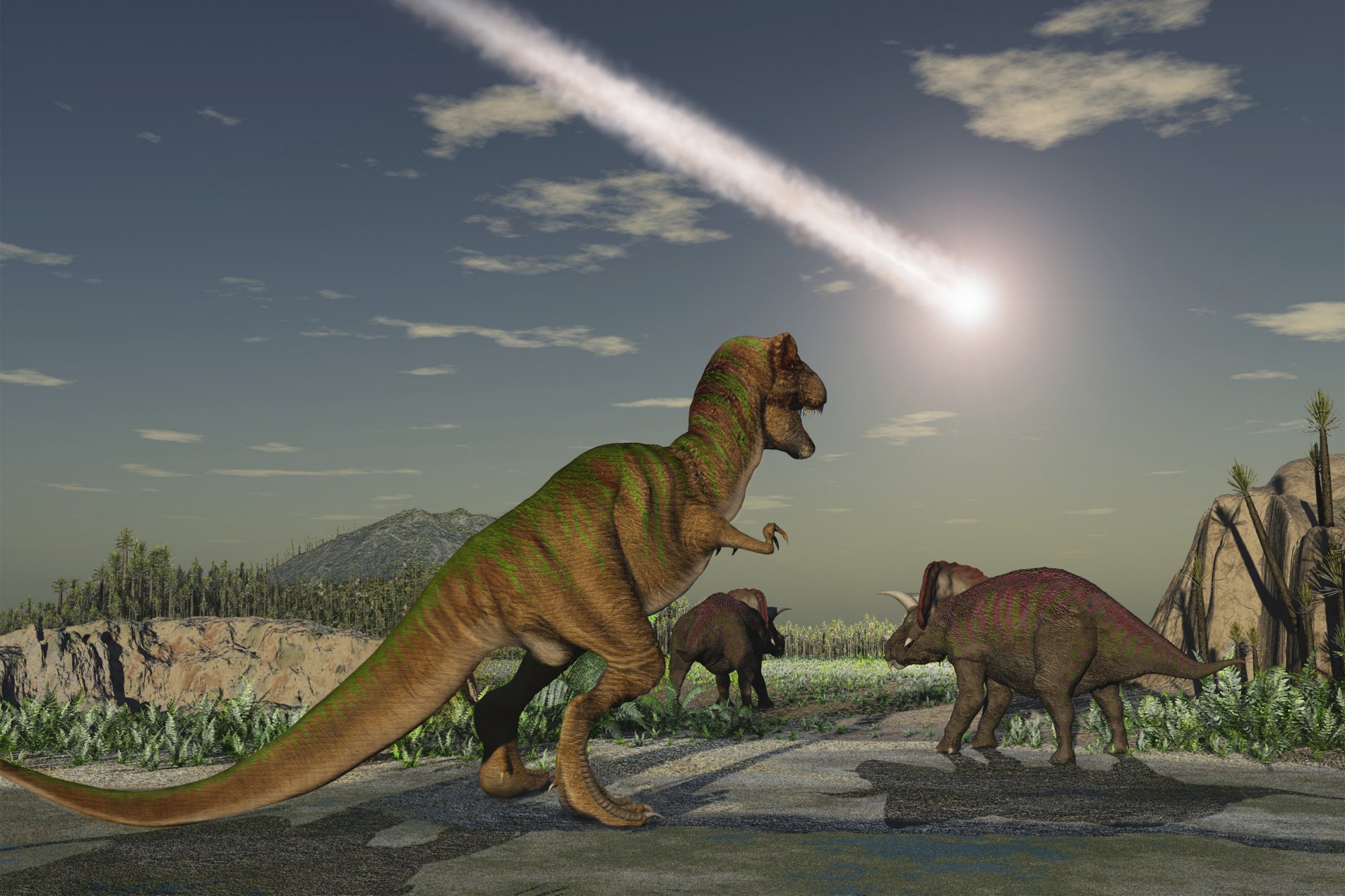
The last mass extinction event, which killed off the dinosaurs, occurred 65 million years ago.
Does this mean that mass extinction will soon follow at the turn of the century? Rothman says it would take some time — about 10,000 years — for such ecological disasters to play out. However, he says that by 2100 the world may have tipped into “unknown territory.”
“This is not saying that disaster occurs the next day,” Professor Rothman says. “It’s saying that, if left unchecked, the carbon cycle would move into a realm which would be no longer stable, and would behave in a way that would be difficult to predict. In the geologic past, this type of behavior is associated with mass extinction.”
By using a simple mathematical formula based on basic physical principles that relates the critical rate and magnitude of change in the carbon cycle to the timescale that separates fast from slow change, Professor Rothman was able to calculate a date. He hypothesized that this formula should predict whether mass extinction, or some other sort of global catastrophe, should occur.
Searching through hundreds of published geochemistry papers, he identified 31 events in the last 542 million years in which a significant change occurred in Earth’s carbon cycle. For each event, including the five mass extinctions, Rothman noted the change in carbon, expressed in the geochemical record as a change in the relative abundance of two isotopes, carbon-12 and carbon-13. He also noted the duration of time over which the changes occurred.
He then devised a mathematical transformation to convert these quantities into the total mass of carbon that was added to the oceans during each event. Finally, he plotted both the mass and timescale of each event.
“It became evident that there was a characteristic rate of change that the system basically didn’t like to go past,” Rothman says.
In other words, he observed a common threshold that most of the 31 events appeared to stay under. While these events involved significant changes in carbon, they were relatively benign — not enough to destabilize the system toward catastrophe. In contrast, four of the five mass extinction events lay over the threshold, with the most severe end-Permian extinction being the farthest over the line.
Professor Rothmann compared his prediction to the total amount of carbon added to the Earth’s oceans by the year 2100, as projected in the most recent report of the Intergovernmental Panel on Climate Change. The IPCC projections consider four possible pathways for carbon dioxide emissions, ranging from one associated with stringent policies to limit carbon dioxide emissions, to another related to the high range of scenarios with no limitations.
The best-case scenario projects that humans will add 300 gigatons of carbon to the oceans by 2100, while more than 500 gigatons will be added under the worst-case scenario, far exceeding the critical threshold. In all scenarios, Rothman shows that by 2100, the carbon cycle will either be close to or well beyond the threshold for catastrophe.
“There should be ways of pulling back [emissions of carbon dioxide],” Rothman says. “But this work points out reasons why we need to be careful, and it gives more reasons for studying the past to inform the present.”
MessageToEagle.com
Expand for references
